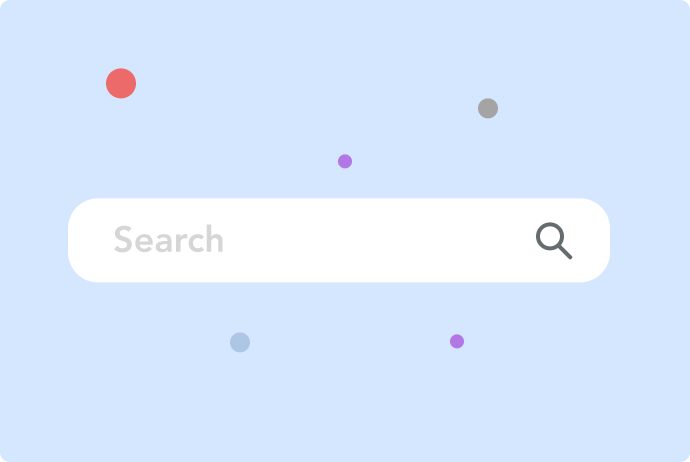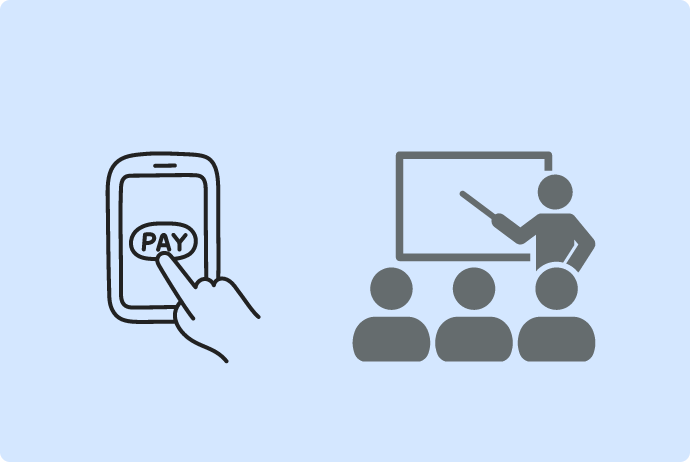My experience as a Data Science instructor is built on a strong foundation of both academic knowledge and practical industry experience. Over the years, I have guided students, professionals, and teams through the intricate world of data science, helping them acquire the skills needed to excel in this dynamic field. 1. Comprehensive Curriculum Design: Structured Learning Path: I have designed and delivered comprehensive data science curricula that cover the entire data science pipeline, from data collection and preprocessing to model deployment and interpretation. My courses are structured to ensure a smooth learning progression, starting with fundamental concepts and gradually moving towards advanced topics. Customization: Depending on the audience, whether they are beginners, intermediate learners, or professionals, I tailor my courses to meet their specific needs. This involves adjusting the depth of content, the pace of delivery, and the complexity of the projects assigned. 2. Teaching Core Data Science Concepts: Mathematics and Statistics: I emphasize the importance of foundational mathematics, including linear algebra, calculus, and statistics. My teaching approach involves breaking down complex mathematical concepts into easily understandable components, ensuring that students grasp the theory behind the algorithms they use. Programming for Data Science: I teach data science using Python, which is the most widely used language in the field. I cover essential libraries like NumPy, Pandas, and Matplotlib, ensuring students are comfortable with data manipulation and visualization. I also guide them in using Jupyter Notebooks for interactive coding and documentation. 3. Data Collection and Preprocessing: Data Wrangling: I instruct students on how to collect, clean, and preprocess data from various sources. This includes handling missing data, dealing with outliers, and performing feature engineering to prepare data for analysis. Exploratory Data Analysis (EDA): I emphasize the importance of EDA as a step to understand data characteristics and relationships. Students learn to use visualization tools like Matplotlib, Seaborn, and Plotly to uncover insights and trends in the data. 4. Machine Learning and Model Building: Supervised and Unsupervised Learning: My teaching covers a wide range of machine learning algorithms, including linear and logistic regression, decision trees, random forests, support vector machines, k-nearest neighbors, and clustering algorithms like k-means and hierarchical clustering. Deep Learning: For advanced learners, I introduce deep learning concepts using TensorFlow and Keras. Students learn to build and train neural networks, including convolutional neural networks (CNNs) for image recognition and recurrent neural networks (RNNs) for time series analysis. Model Evaluation: I ensure that students understand how to evaluate model performance using metrics like accuracy, precision, recall, F1-score, and ROC-AUC. I also cover techniques like cross-validation and hyperparameter tuning to optimize models. 5. Advanced Topics: Natural Language Processing (NLP): I teach NLP techniques such as text preprocessing, tokenization, sentiment analysis, and language modeling using libraries like NLTK and SpaCy. Students also learn to build models for text classification and language generation. Time Series Analysis: I guide students through time series forecasting, including concepts like stationarity, autocorrelation, and the use of ARIMA models. This is crucial for applications in finance, economics, and demand forecasting. Big Data Technologies: I introduce students to big data tools like Apache Hadoop, Spark, and distributed computing frameworks. This includes processing large datasets and performing scalable machine learning tasks. 6. Practical, Project-Based Learning: Hands-on Projects: I believe in learning by doing. Throughout my courses, I assign hands-on projects that mimic real-world data science problems. These projects range from predicting house prices and customer churn to developing recommendation systems and sentiment analysis on social media data. Capstone Projects: For advanced learners, I oversee capstone projects where students independently work on a complex data science problem. These projects help students synthesize their learning and demonstrate their skills to potential employers. 7. Tools and Technologies: Software and Libraries: My teaching includes the use of essential data science tools and libraries like Python, R, SQL, Scikit-learn, TensorFlow, Keras, Pandas, Matplotlib, Seaborn, and Apache Spark. Version Control and Collaboration: I also teach the importance of version control using Git and GitHub, enabling students to collaborate on projects and maintain a history of their work. 8. Real-World Applications and Industry Relevance: Case Studies: I incorporate case studies from various industries such as finance, healthcare, retail, and marketing to demonstrate the practical applications of data science. This helps students understand how data science is used to solve real-world problems and drive business decisions. Industry Tools: I introduce students to industry-standard tools like Tableau for data visualization and Power BI for business intelligence, ensuring they are prepared for the tools they will encounter in the workplace. 9. Mentorship and Continuous Learning: Guidance and Support: I provide ongoing mentorship to my students, helping them navigate the challenges of learning data science. This includes offering career advice, helping them build a portfolio, and preparing them for job interviews. Lifelong Learning: I emphasize the importance of continuous learning in data science, given the rapid pace of advancements in the field. I encourage students to stay updated with the latest research, tools, and techniques by engaging in online courses, reading academic papers, and participating in data science communities. 10. Outcome-Focused Approach: Career Preparation: My goal is to ensure that my students are job-ready by the end of the course. I focus on building the skills that are most in demand in the data science industry, including proficiency in Python, machine learning, and data visualization. Success Stories: Many of my students have successfully transitioned into data science roles, working as data analysts, data engineers, machine learning engineers, and data scientists in leading tech companies and startups. This detailed teaching experience reflects a comprehensive and student-centered approach to data science education, emphasizing both theoretical knowledge and practical skills that are directly applicable to the industry.


 Highly Rated Tutors
Highly Rated Tutors 






